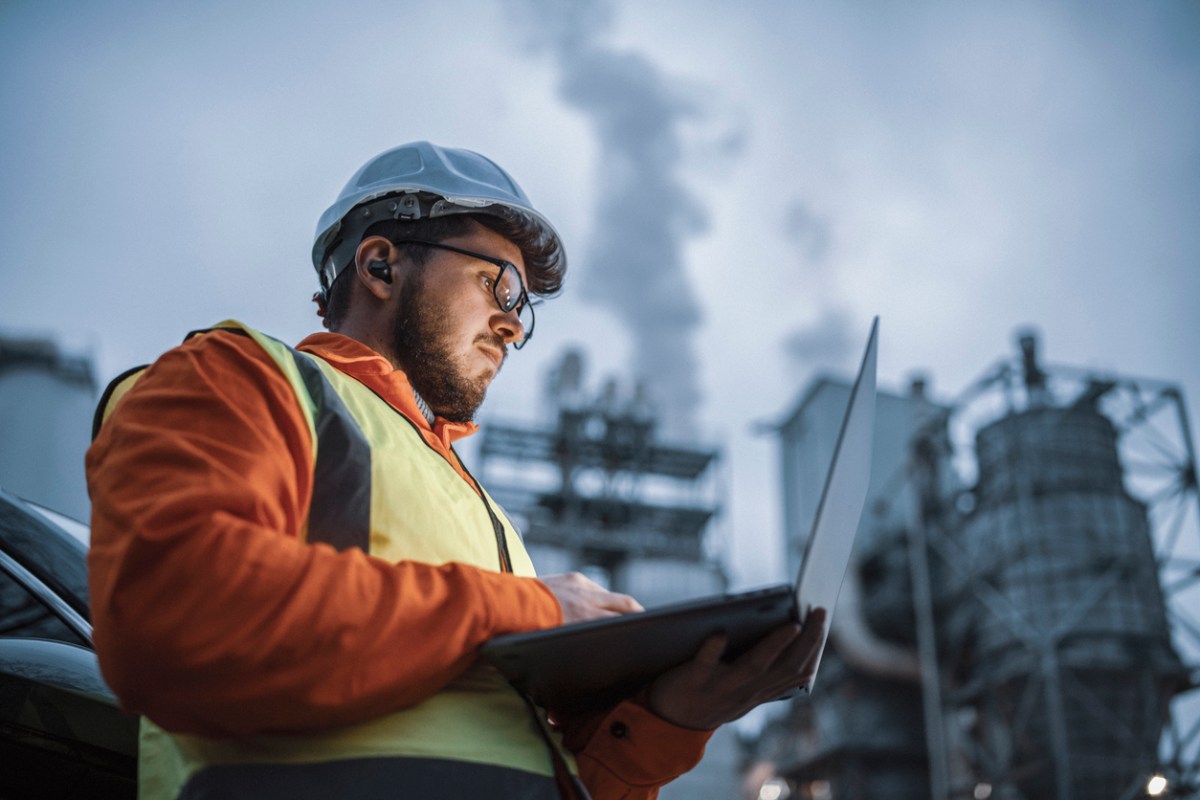Heavy emitting industrial areas, like the Pilbara, Kwinana, Hunter, Illawarra and Gladstone, could see emissions cuts of up to 88%, according to research backed by 18 of Australia’s largest companies.
The forecast comes from the Australian Industry Energy Transitions Initiative (Australian Industry ETI). Their latest report, ‘Setting up industrial regions for net zero’, has been two years in the making.
The report shows that these established industrial regions have the required natural resources, workforce and infrastructure to provide a strong foundation towards Australia reaching its net zero transition targets.
An 88% emissions cut is a big ask, given these regions represent one-eighth of Australia’s total emissions.
The report shows that growing demand for low-carbon products and energy is a huge opportunity for our industrial regions.
The renewable energy infrastructure, green hydrogen and energy storage required has the potential to create jobs for 178,000 to 372,000 Australians, and the investment required will be be in the order of $50 to $100 billion.
“This is achievable if we rapidly deploy existing technology solutions, and support the
development and demonstration of emerging opportunities through more proactive regional
coordination and collaboration.” says Anna Skarbek, Climateworks CEO.
The report was convened by research firm Climateworks Centre and Climate-KIC Australia.
By setting targets for industrial renewal, the requirements can be set for planning and action, with long-term decision-making enabled by policy makers, investors and companies.
“Through this analysis of the decarbonisation potential of five important industrial regions where
Australian Industry ETI participants are active, we have gained invaluable insights into the
opportunities and on-the-ground challenges in the net zero transition,” says Chair, Simon McKeon AO, who is also Chancellor of Monash University, former CSIRO Chairman and
former Australian of the Year.
“Australia can remain competitive in a decarbonising global economy. But this will require
coordinated efforts across industry, governments and communities and also the finance and
energy sectors. It will also need the alignment of policy, regulations and programs to create
clear goals and investment confidence.”
The companies involved in the initiative represent approximately 30 per cent of the market value of the ASX100, including: Australian Gas Infrastructure Group, APA Group, Aurecon, AustralianSuper, BHP, BlueScope Steel, bp Australia, Cbus, the Clean Energy Finance Corporation, Fortescue Metals Group, HSBC, Orica, National Australia Bank, Rio Tinto, Schneider Electric, Wesfarmers Chemicals, Energy & Fertilisers, Westpac and Woodside Energy.
Subscribe for all the impact investment news

